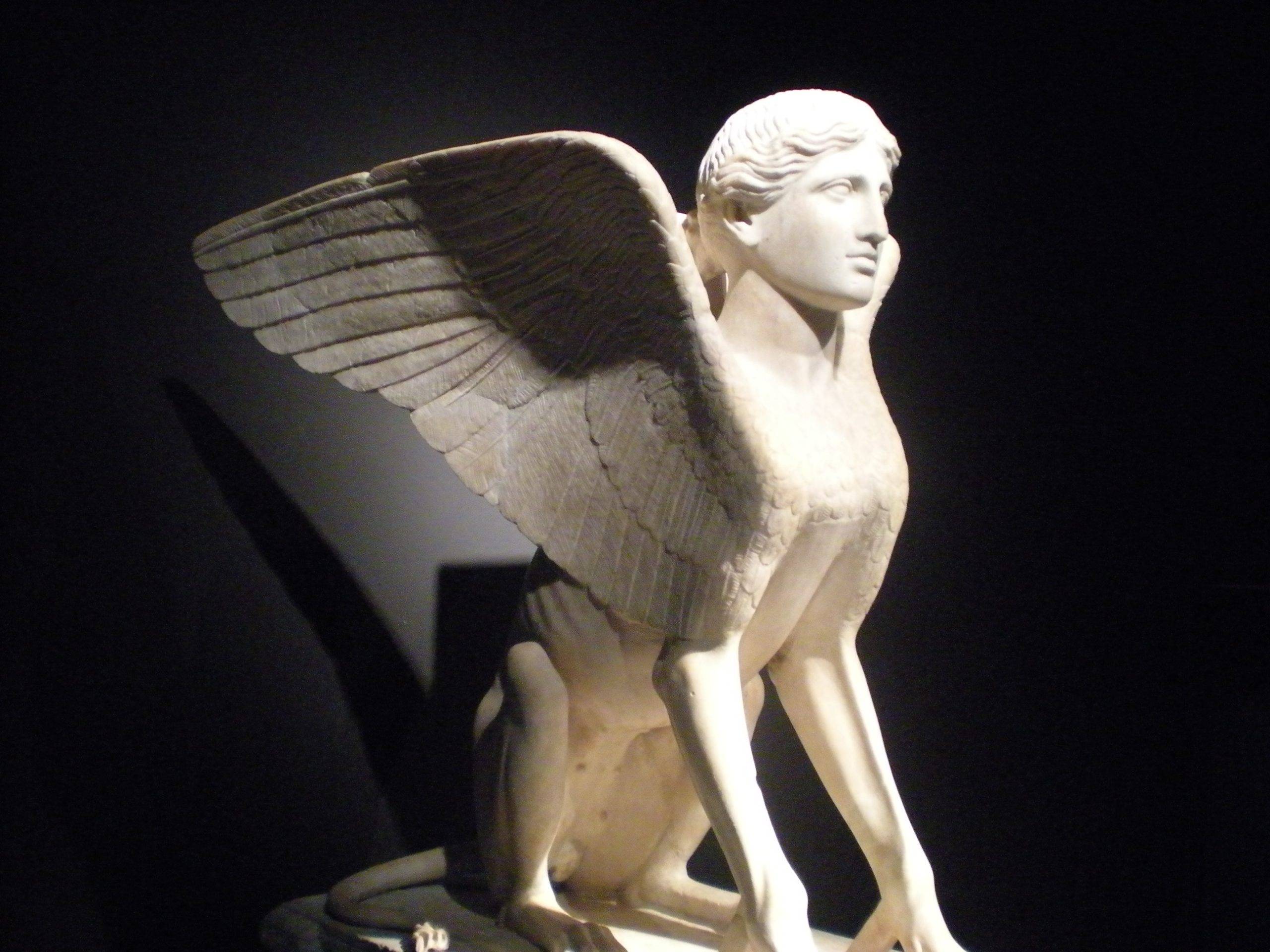Dating back to approximately 120-140 AD, the Sphinx of Lanuvium is a masterpiece of Roman craftsmanship. Sculpted from a single block of white marble, the sculpture exudes an aura of elegance and grandeur. Its dimensions, measuring 840 mm x 800 mm x 550 mm, command attention, while the intricate details of its form reveal the meticulous artistry that went into its creation.
Ancient Artifacts
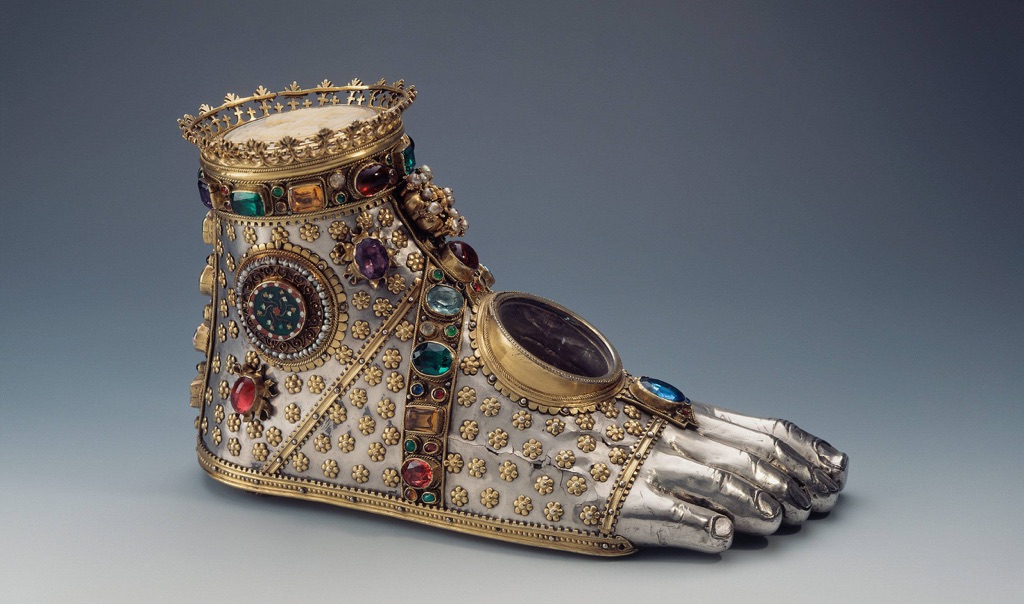
Moving to the East, ancient China artifacts like bronze vessels and oracle bones shed light on the rituals and governance of early Chinese dynasties. These artifacts highlight China’s long history of craftsmanship and written language. Similarly, ancient Egyptian artifacts are world-renowned, particularly for their funerary art, such as the treasures from King Tutankhamun’s tomb. These pieces reflect the Egyptians’ beliefs about death and the afterlife. Artifacts are not just old objects to be displayed in museums; they are keys to unlocking the secrets of human development across the ages. They preserve the ideas and values of people who lived thousands of years before us. Through careful study, they teach us about our collective history and heritage.
Among the most famous ancient artifacts in the world is the Rosetta Stone. Discovered in 1799, this granodiorite stele was the key to understanding Egyptian hieroglyphs—a script made of small pictures that was used originally in ancient Egypt for religious texts. The Rosetta Stone is inscribed with a decree issued at Memphis in 196 BC on behalf of King Ptolemy V. The decree appears in three scripts: the upper text is Ancient Egyptian hieroglyphs, the middle portion Demotic script, and the lower Ancient Greek. Because it presents essentially the same text in all three scripts, it provided the crucial link for scholars to decipher Egyptian hieroglyphs, thereby opening a window into ancient Egyptian history.
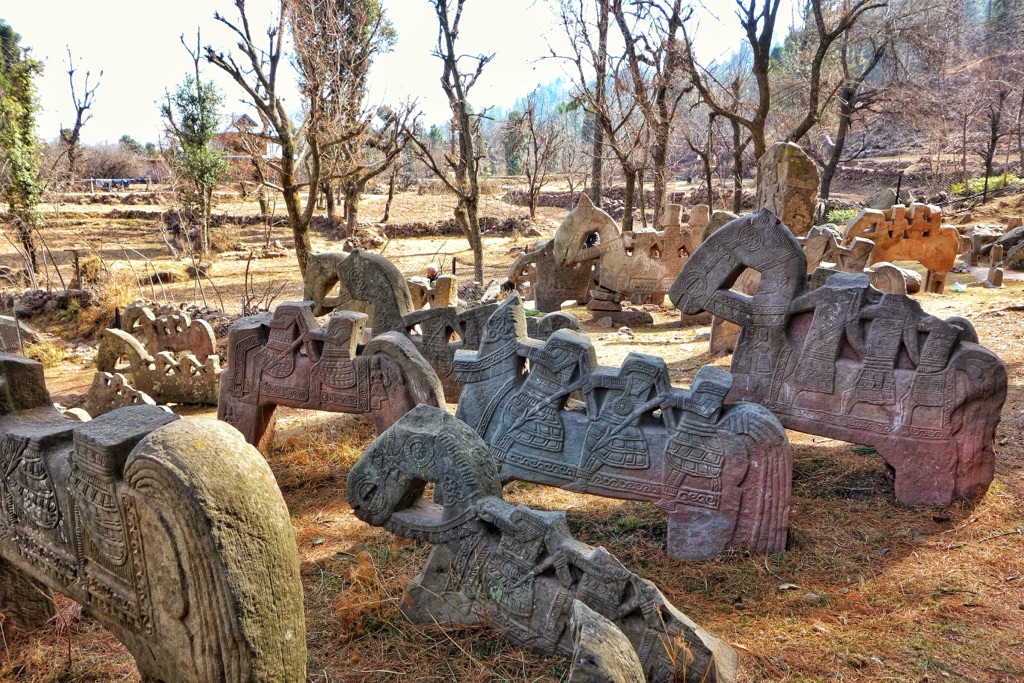
The title of the oldest artifact on earth goes to the stone tools found in Lomekwi 3, Kenya, which date back to 3.3 million years ago. These tools predate the earliest known humans and suggest that tool-making was a part of our pre-human ancestors’ way of life. These ancient tools mark a significant milestone in human evolutionary history, indicating the beginnings of technology and innovation. They are not just simple objects; they represent the dawn of human ingenuity and the very first steps towards the complex societies we have today.
An ancient artifact can be defined as any item made or used by humans in ancient times that has cultural, historical, or archaeological significance. These artifacts can range from monumental structures like the pyramids of Egypt to small, everyday objects like Roman coins. They can include items as diverse as weapons, clothing, and artwork. Each artifact, no matter its size or apparent significance, offers a glimpse into the lives of those who came before us, providing evidence of past behaviors, beliefs, and social structures.
Famous ancient artifacts not only include monumental finds like the Rosetta Stone or the treasures of Tutankhamun’s tomb but also the Terracotta Army of China, the Dead Sea Scrolls, and the Venus of Willendorf. The Terracotta Army, buried with the first Emperor of China, Qin Shi Huang, consists of thousands of life-sized figures meant to protect the emperor in the afterlife. The Dead Sea Scrolls, discovered in a series of caves near the Dead Sea, are ancient Jewish texts that offer invaluable insight into the history of Judaism and the early text of the Bible. The Venus of Willendorf, a small Paleolithic figurine discovered in Austria, dates back to about 28,000 BCE and is thought to represent fertility. Each of these artifacts, in its own way, has reshaped our understanding of human history, offering evidence of the complexity, diversity, and ingenuity of ancient civilizations.
List of Discovered Ancient Artifacts
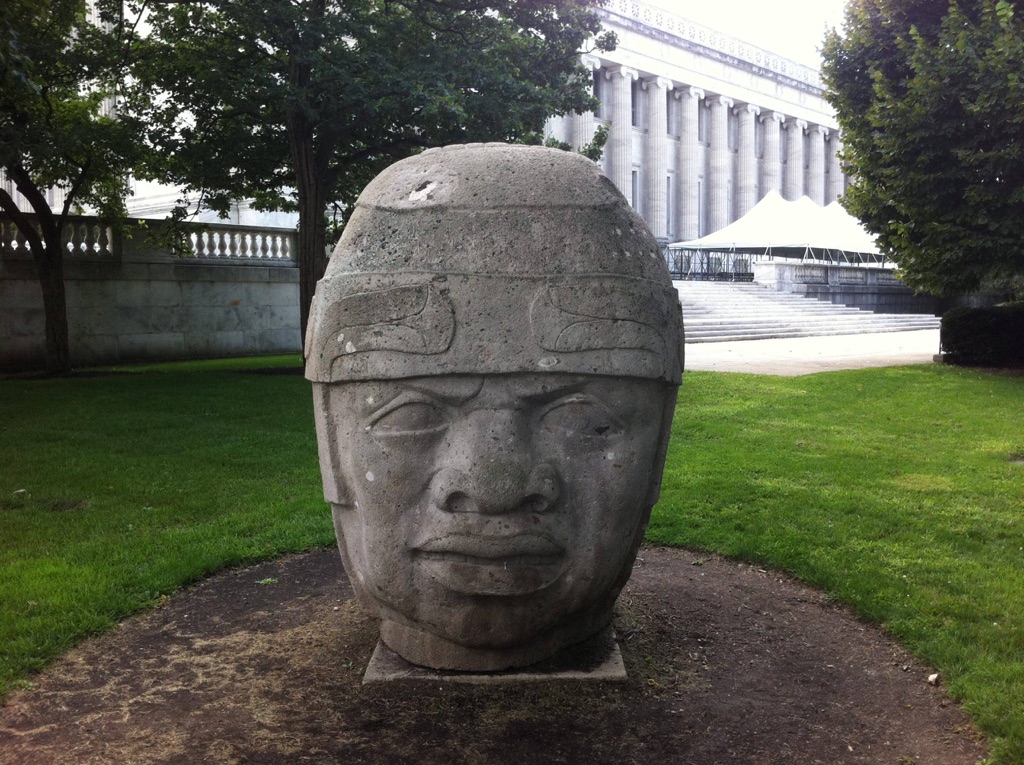
Olmec Stone Heads
The Olmec Stone Heads are a collection of 17 colossal heads sculpted from large basalt boulders. These impressive artifacts, hailing from the ancient Olmec civilization, are scattered across various sites in Mexico. Dating back to around 1400-400 BC, these heads are a testament to the artistic prowess and sophisticated culture of the Olmecs. Each head is unique, depicting a different individual, possibly an Olmec ruler, characterized by distinct facial features and headdresses.
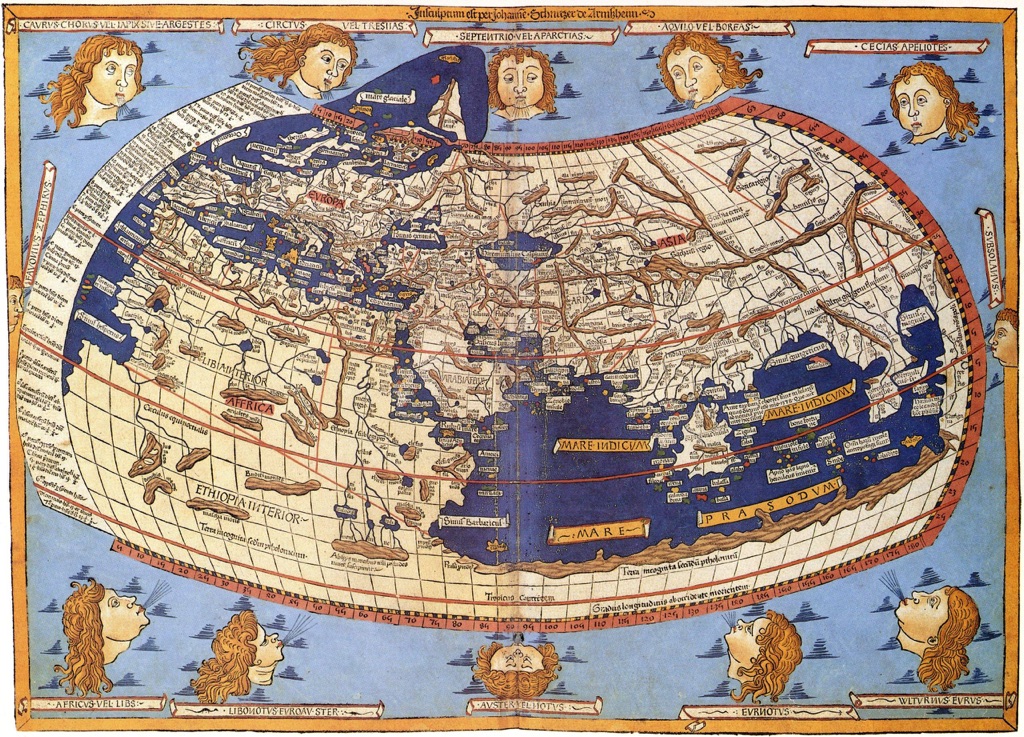
Terra Australis
Terra Australis, often referred to as the “Southern Land,” is a hypothetical continent first posited in antiquity and later explored by many brave adventurers. This landmass was believed to exist far south of the equator, balancing the known land in the Northern Hemisphere. While Terra Australis as initially imagined doesn’t exist, the term eventually became associated with Australia, a continent that indeed lies in the southern hemisphere.
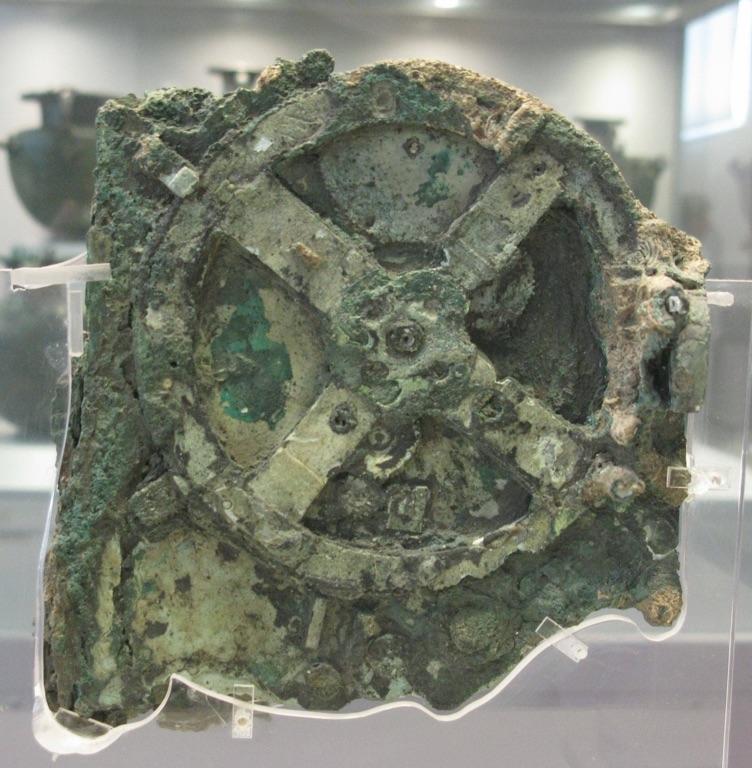
The Antikythera mechanism
The Antikythera mechanism, a fascinating artifact from ancient Greece, is considered the world’s first analog computer. Discovered in a shipwreck near the Greek island of Antikythera in 1901, this complex clockwork device was used to predict astronomical positions and eclipses decades in advance. It also tracked the four-year cycle of the ancient Olympic Games. Despite being over 2,000 years old, its intricate engineering and sophisticated functionality continue to astound scientists and historians alike.
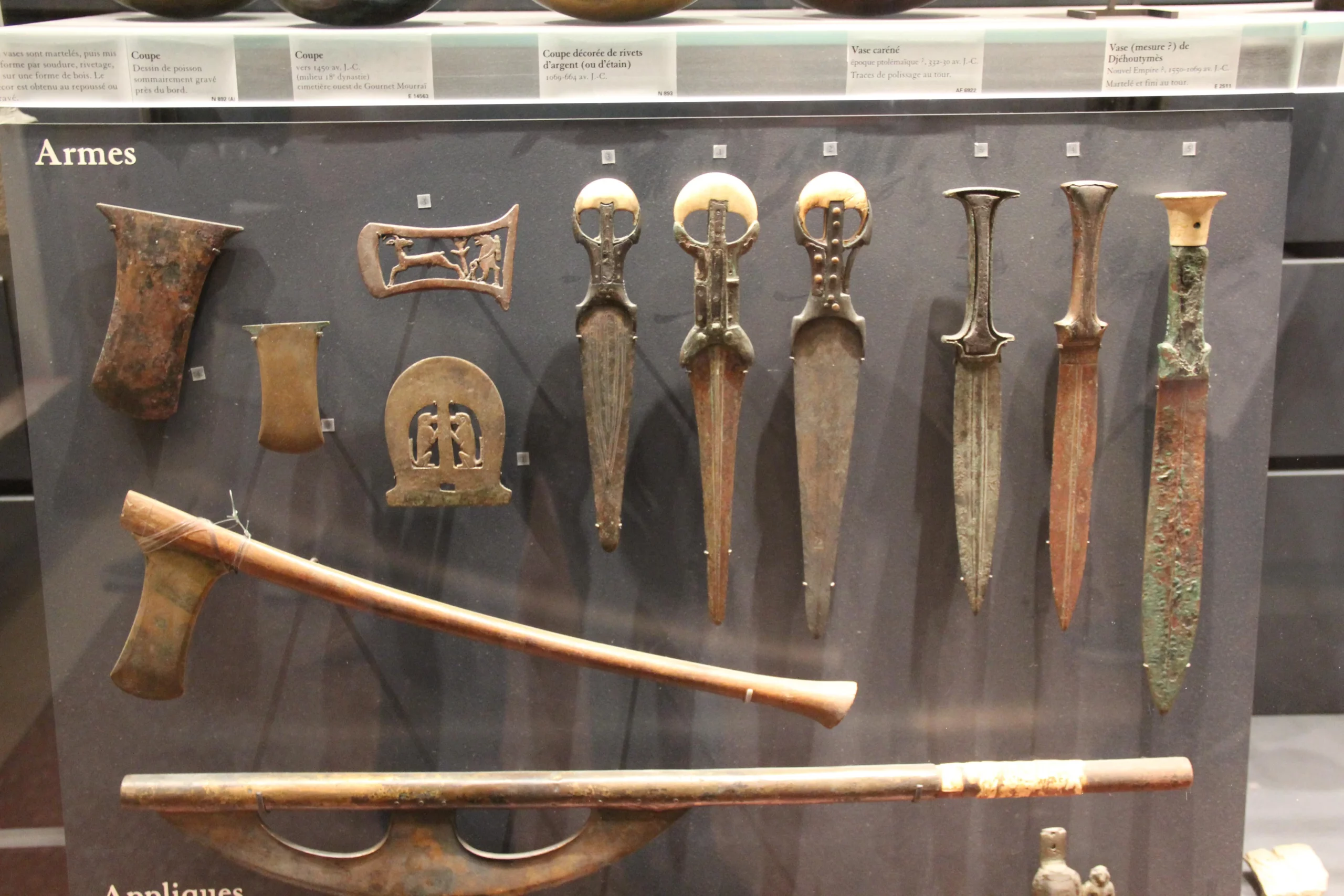
Ancient Egyptian Weapons
The ancient Egyptians were known for their advanced civilization, and their weaponry was no exception. These weapons, crafted with precision and skill, played a crucial role in Egypt’s military successes. The range of weapons used by the ancient Egyptians included everything from simple tools to complex machinery. This article will delve into the fascinating world of Ancient Egyptian weapons, exploring their design, use, and significance in the context of Egypt’s history.

Dwarfie Stane
The Dwarfie Stane, a remarkable historical artifact, is located on the The Dwarfie Stane, a remarkable historical artifact, is located on the Scottish island of Hoy, Orkney. This unique stone-cut tomb, the only one of its kind in the British Isles, is a testament to the ingenuity and skill of our ancient ancestors. It is carved out of a titanic block of Devonian Old Red Sandstone. It is interesting to mention that there was a stone slab originally blocking the entrance to the tomb on its west side, but now lies on the ground in front of it.

